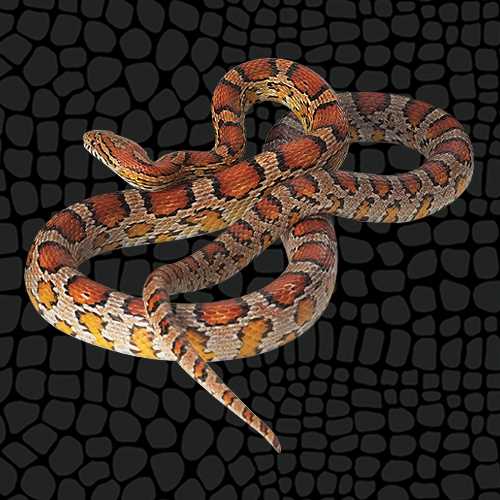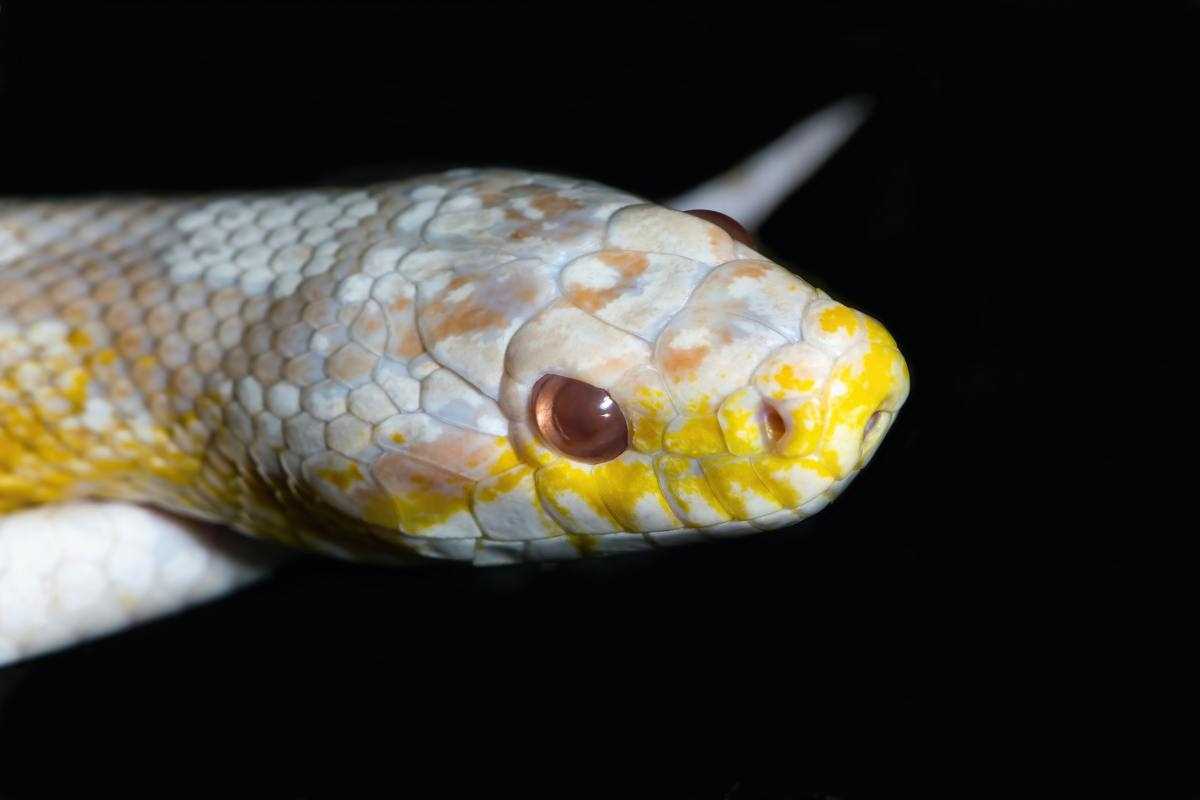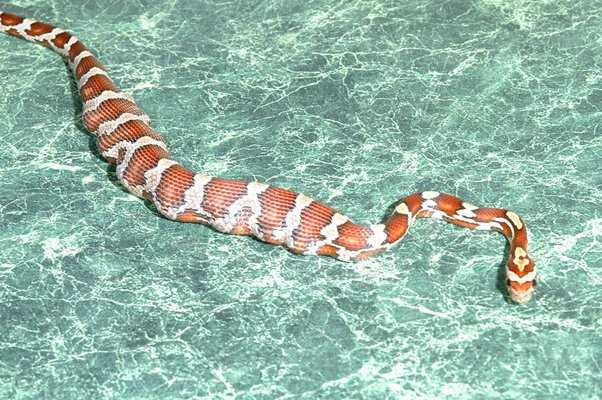
First and foremost, it is crucial to note that corn snakes, like most snake species, are solitary animals in nature. They do not exhibit social behavior and generally prefer to live alone. Unlike certain species that naturally form colonies or groups, corn snakes do not benefit from social interaction and may even become stressed or aggressive when sharing space with other snakes.
Can Corn Snakes Live Together?

Many reptile enthusiasts wonder if corn snakes can live together in the same enclosure. While it is possible for corn snakes to coexist, there are several factors to consider before housing them together.
Corn snakes are solitary creatures by nature. In the wild, they typically live alone and do not interact with other snakes unless it is for breeding purposes. Therefore, keeping multiple corn snakes together goes against their natural behavior.
If you decide to house multiple corn snakes together, there are a few considerations to keep in mind. Firstly, choose snakes of similar sizes and ages to minimize the risk of one snake bullying or overpowering the others. Also, make sure the enclosure is spacious enough to provide each snake with sufficient hiding spots and personal space.
Feeding can be another challenge when keeping multiple corn snakes together. While some snakes may feed simultaneously without issues, others may compete for food or refuse to eat altogether. It is crucial to monitor their feeding habits closely and, if necessary, separate them during feeding time.
Signs of aggression or stress in grouped corn snakes include hissing, biting, and constant hiding. If you notice any signs of distress, it is best to separate the snakes immediately to prevent injuries.
Benefits of Keeping Multiple Corn Snakes
Keeping multiple corn snakes together can have several benefits. While corn snakes are typically solitary animals in the wild, they can coexist peacefully in captivity under the right conditions.
Promotes Natural Behaviors
When corn snakes are housed together, they have the opportunity to exhibit natural behaviors such as basking, exploring, and hunting together. This can provide them with mental stimulation and promote their overall well-being.
Social Interaction
Having multiple corn snakes in one enclosure allows them to engage in social interaction. While corn snakes are not social in the same way as mammals, they can still benefit from the presence of other snakes. They may engage in behaviors such as exploring their surroundings together or even occasionally rubbing against each other.
Space Efficiency
Housing multiple corn snakes together can be more space-efficient compared to having individual enclosures for each snake. This is especially beneficial for snake enthusiasts who may have a limited amount of space or who want to keep a larger collection of snakes. It also makes it easier to observe and care for the snakes in a single location.
Behavior Observation

Keeping multiple corn snakes together allows for better observation of their behavior. By having them in the same enclosure, you can monitor their interactions and detect any signs of aggression or stress. This can help you provide them with the appropriate care and take necessary steps to ensure their well-being.
Considerations before Keeping Corn Snakes Together

First and foremost, it is crucial to consider the temperament and compatibility of the individual snakes. Corn snakes, like any other species, have unique personalities and may not always get along with each other. Some corn snakes may be more aggressive or territorial than others, which can lead to conflicts and stress if kept together in the same enclosure.
Additionally, keeping multiple snakes together increases the risk of health issues and disease transmission. Even if all the snakes appear healthy, there is always a chance of one snake carrying a contagious disease without showing symptoms. Regular veterinary check-ups and quarantine periods for new snakes are strongly recommended to minimize these risks.
Finally, it is essential to consider the potential stress and competition for resources in a group setting. Corn snakes are solitary animals by nature, and forcing them to live together may result in increased stress levels and potential aggression. Competition for food, hiding spots, and even mates can lead to conflicts and harm among group members.
How to House Multiple Corn Snakes
1. Enclosure Size: The size of the enclosure will depend on the number of corn snakes you plan to house together. As a general rule, provide a minimum of 20 gallons of space per snake. If you have more than two corn snakes, consider a larger enclosure or separate tanks to ensure everyone has enough room to move around.
3. Separate Feeding Areas: Reptiles can become territorial during feeding times, so it is crucial to provide separate feeding areas for each corn snake in a grouped setup. This can be achieved by placing feeding dishes in different sections of the enclosure, ensuring that each snake has its own designated spot.
5. Quarantine Period: Before introducing new snakes into an already established group, it is recommended to quarantine them for a period of time to prevent the spread of any potential diseases or parasites. Quarantine the new snakes in a separate enclosure for a minimum of 30 days and monitor their health before introducing them to the existing group.
Feeding Multiple Corn Snakes

One option is to feed the snakes separately, using individual feeding boxes or enclosures. This allows you to observe each snake’s eating behavior and ensure they are all consuming their meals. This can also help prevent any potential issues with aggression, as feeding separately reduces competition for food.
Feeding Schedule
Establishing a regular feeding schedule is important when keeping multiple corn snakes together. This helps to maintain their health and prevent any issues related to feeding. It is recommended to feed adult corn snakes once every 1-2 weeks, while younger snakes may require more frequent feedings.
When feeding multiple corn snakes in the same enclosure, it is best to feed them at the same time to reduce any potential conflicts or competition. This can help create a predictable routine for the snakes and minimize stress.
Choosing the Right Food
It is also essential to consider the nutritional needs of each snake. Some snakes may require a varied diet that includes both mice and rats, while others may thrive on a consistent diet of only one type of prey. Consulting with a reptile veterinarian or experienced reptile keeper can help determine the best feeding plan for your specific group of corn snakes.
Signs of Aggression or Stress in Grouped Corn Snakes
Another sign to look out for is aggression during feeding. If one snake consistently tries to steal food from another snake or shows aggressive behavior while feeding, this can be a clear sign that they are not compatible for living together. In such cases, it is best to separate the snakes during feeding time to avoid any harm or stress.
In some cases, grouped snakes may exhibit territorial behavior, such as hissing, lunging, or biting. This can occur if snakes feel threatened by each other’s presence or if they are competing for resources within the enclosure. Territorial aggression can lead to injuries and stress, so it is crucial to monitor their behavior closely.
It is essential to note that not all corn snakes will exhibit aggression or stress when kept together, as some individuals may be more tolerant of sharing their space. However, it is always recommended to provide each snake with its own separate enclosure to ensure their physical and mental well-being.
If you do choose to keep multiple corn snakes together, regular observation of their behavior and health is necessary. Any signs of aggression or stress should be taken seriously and addressed promptly to prevent potential harm to the snakes. Providing a suitable environment and minimizing any potential stressors can greatly contribute to the successful cohabitation of corn snakes.
